Orthopedic Bio-Mechanics
Discovering and potentially optimising the mechanical stresses experienced by normal, sick, injured, or surgically treated bones, joints, and soft tissues is the goal of orthopaedic biomechanics. Two groups of professionals, orthopaedic surgeons and biomechanical engineers, have a strong influence on this field of study. Patients are treated by orthopaedic surgeons who perform treatments such as total or partial joint replacement, bone fracture repair, soft tissue repair, limb deformity correction, and bone tumour excision. Biomechanical engineers work on the cutting edge of technology, discovering the fundamental mechanical properties of human tissues, designing and testing the structural stress limitations of orthopaedic implants, and developing new and superior biological and artificial biomaterials. The nature of this field is multidisciplinary. Engineers, orthopaedic surgeons, physical therapists, and other allied specialists with an interest in how to protect and strengthen the skeleton and its connected tissues can all contribute to research.
- Thermographic Stress Analysis
- Experimental stress analysis
- Nanotechnology in Orthopedics
- Computational models and limitations

Stephen S Tower
University of Alaska Anchorage, United States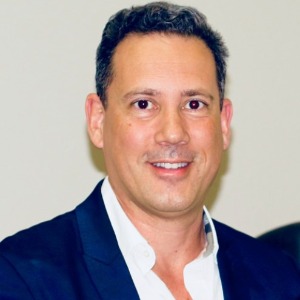
Marcos Brioschi
American Academy of Thermology, United States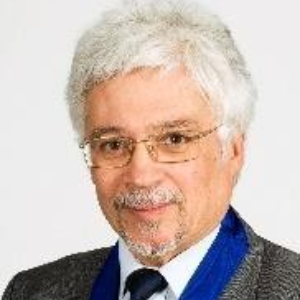
Wagih El Masri
Keele University, United Kingdom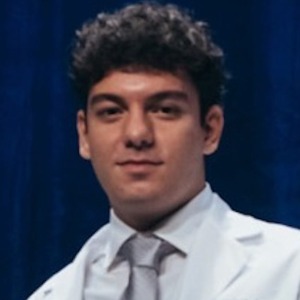
Arif Akkok
Lake Erie College of Osteopathic Medicine, United States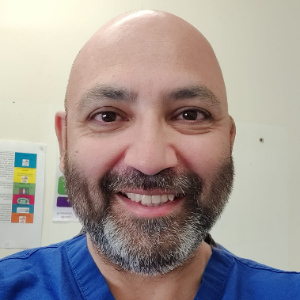
Akash Ganguly
Warrington and Halton Hospitals NHS FT, United Kingdom
Sajid Ali
The Dudley Group NHS Foundation Trust, United Kingdom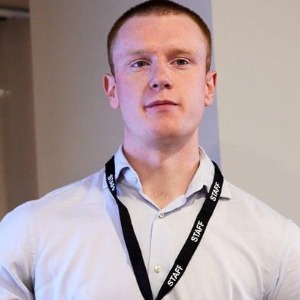




Title : The UK profemur recall and implant cobaltism
Stephen S Tower, University of Alaska Anchorage, United States
Title : The tomographic phenotype and the genotype of wormain bones
Ali Al Kaissi, National Ilizarov Medical Research Center for Traumatology and Orthopaedics, Russian Federation
Title : New treatment of muscle contracture and joint contracture through muscle regeneration with mitochondrial dynamics
Ki Ji Lee, Busan Medical University, Korea, Republic of
Title : New treatment of sarcopenia through muscle regeneration with mitochondrial dynamics
Ki Ji Lee, Busan Medical University, Korea, Republic of
Title : The prevalence and association of self-reported depression symptoms with musculoskeletal pain and quality of life among pregnant women
Youssef Masharawi, Tel Aviv University, Israel
Title : Bipolar hemiarthroplasty under local anesthesia (2%)
Ketan Karabhai Parmar, Aayush Multispecialty Hospital, India